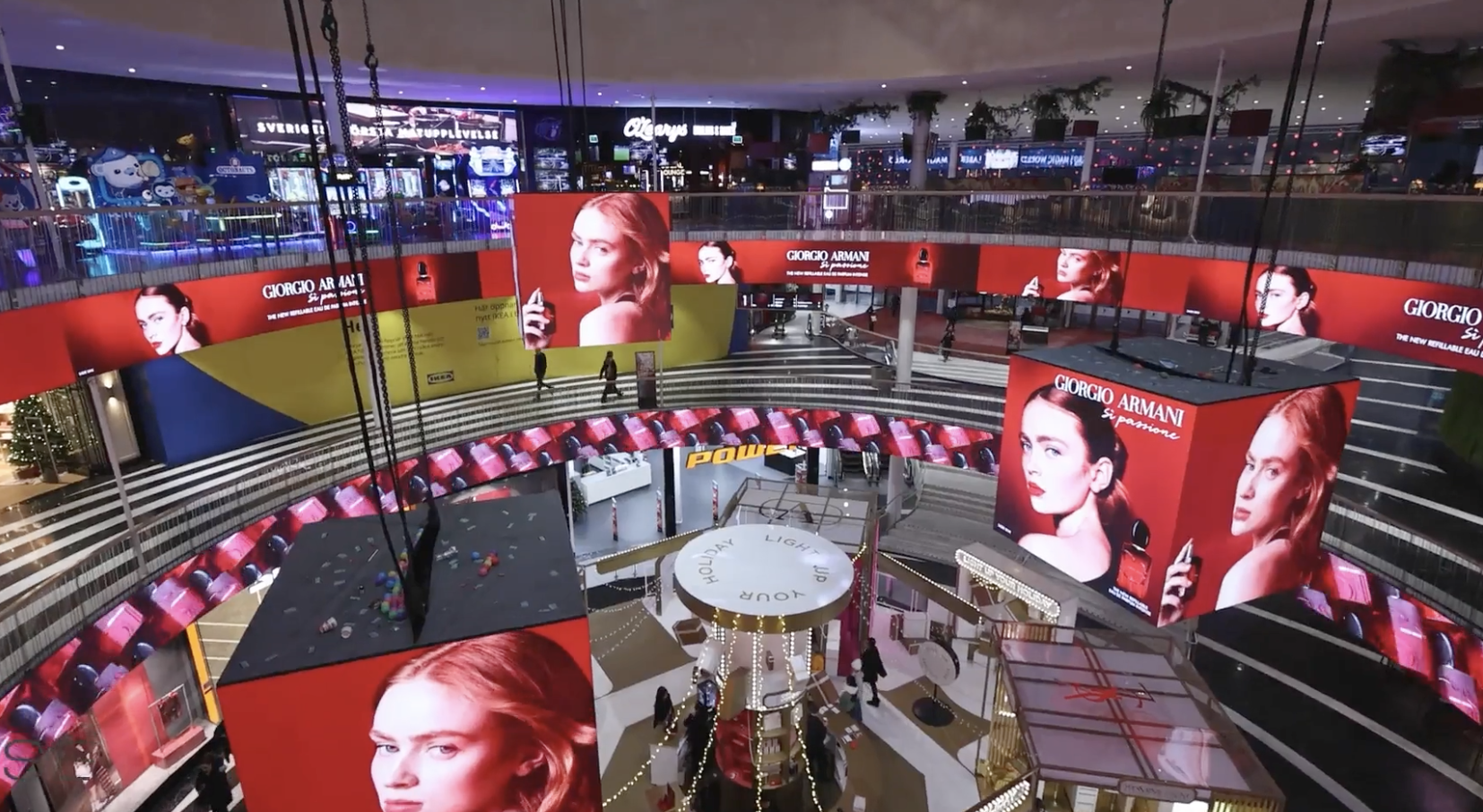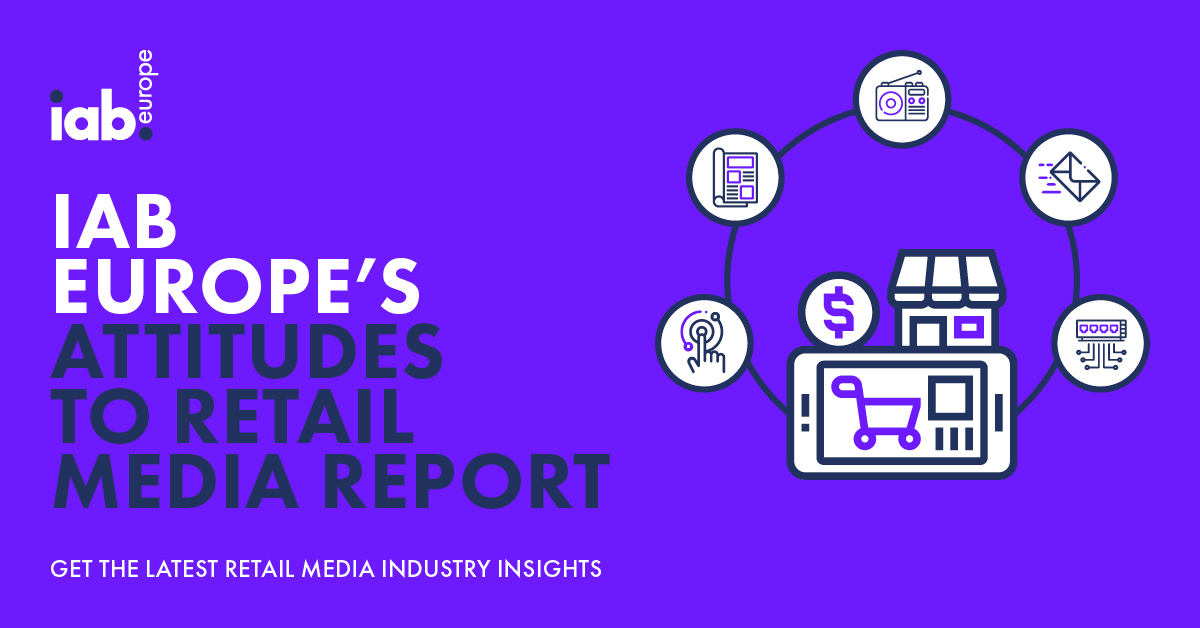AI is promising exciting things across retail but in delivery it  allows retailers and their carrier partners to start predicting the unpredictable, and this is exciting stuff as David Saenz, chief operating officer at Stuart, explains.
allows retailers and their carrier partners to start predicting the unpredictable, and this is exciting stuff as David Saenz, chief operating officer at Stuart, explains.
If you’ve stood and watched a city move around you — or better still, observed it from on high — you’ll know that the urban environment is a living thing. People and vehicles are constantly coming and going. Obstacles, from traffic jams to roadworks, appear out of nowhere. A sudden downpour sends fair-weather pedestrians scurrying for cars and taxis, choking the roads within minutes.
Can anyone hope to keep up with, let alone predict, such apparently random patterns? The answer is yes. By incorporating variables such as traffic, weather, time and dates, combined with business specific data, it’s possible to use machine learning technology to build models to predict delivery demand.
Understanding the city with machine intelligence
When we can predict the delivery environment of a certain city, it’s possible to ensure that deliveries not only arrive with customers on-time, but also within increasingly specific and convenient time slots. If a parcel is requested for delivery at two o’clock on a Monday for instance, artificial intelligence (AI) can be used to examine where the customer lives, the street layout, weather forecast and traffic patterns in the area to get a clear picture of the delivery route, ETA and likely delays.
But it doesn’t stop there. If we also look at data and spikes in consumer demand, we can start to learn when to expect these orders and factor this in. So if somebody orders a rider every Monday at two o’clock, the rider can be dispatched before the customer has even placed the order.
It may sound like a no-brainer, but these algorithms are immensely complex, continuing to learn, gather new data and factor in how it operates. At Stuart for example, we not only pull data from Google but our drivers and riders also collect data for us as they traverse our cities – becoming the input sensors for our machine intelligence. And the more often they travel a route and feed in data, the better algorithms can learn and predict exactly how long a trip will take at any given time on any given day.
The perfect balance of supply and demand
As we continue to harness machine learning within the delivery industry, the goal is to have exactly the right number of riders in an area at any given time to service the jobs that come in, with no customers left waiting for their delivery but also no riders left with nothing to do. This is particularly important in the era of the “now economy”, where retailers are increasingly offering same-day delivery options to answer consumer demand for fast, flexible choices.
One challenge can be that no two cities or industries are the same. What works for London might not be applicable to Paris. However, by using AI to intelligently cross-match cities with similar street layouts, geographies and traffic flows, we can start to understand where learnings and trends can be applied and adapted in other areas.
We can also learn from the nature of the businesses we serve. If it’s a food takeaway, we know demand patterns for that business and can factor them in – and we also know these are likely to be vastly different to a supermarket, florist or clothing retailer.
AI and machine learning are set to transform the delivery industry, efficiently predicting how many couriers are required in a particular location in order to help retailers answer demand and ensure products are delivered to customers where and when they want them. It can also help riders and drivers maximise their productivity and avoid spending hours stuck in traffic or making repeated visits back to the same area.
What’s more, cities that have an intelligent delivery network will also have fewer couriers on the road at any one time – and that’s good for everyone.
David Saenz is chief operating officer at Stuart
Image credit: Fotolia and Stuart








